Chirashi Sushi
A very popular, convenient and simple way to eat Sushi at Home in Japan
Chirashi Sushi, or "Scattered Sushi", came on the horizon along with Maki Sushi (rolled sushi) around the 18th century. Another close translation for it is "sushi rice salad"; just to give you another idea for the basic original Japanese meaning of the word.
And in general it is like a sushi salad. The ingredients (or "gu") are scattered or topped on sushi rice with no rolling or shaping involved. A no muss, no fuss type of Sushi perfect for families and quick at home preparation, and also a convenient dish to make use of leftovers that may be available. Serving is a snap too, as it can be served in individual bowls or it can be placed in a single large bowl where everybody can spoon out what they want into their own serving bowl.
Surprisingly, the most popular types of Chirashi Sushi in Japan actually contain no meat. Only vegetables, eggs, fried tofu, etc., And often Chirashi Sushi contains a lot of ingredients that are not used in most other types of sushi like, kamaboko (fish cakes), soboro (meat, egg, or fish), bamboo shoots, lotus root and baby corn.
Other ingredients that go well in it are crab, avocado, carrots, green beans, unagi (eel), omelette slices, tofu or fried tofu, scallions, green beans and bell peppers.
Sakura Denbu (seasoned ground codfish) is sweetened and pinkish in color and is one of my favorite things to add to futomaki and Chirashi sushi. Although it is more frequently used in the spring because of its resemblance to pink cherry blossoms, it is delicious year around. If you get a chance, you have to give this stuff a try.
There really is no "set" recipe for chirashi sushi and the ingredients tend to vary regionally. Many times it may be left to either the chef's choice or customer preference also.
Traditionally, it is also eaten on Hinamatsuri (Doll's day or Girl's day) on March 3.
So without further ado, let's learn how to make Chirashi sushi the best way...The way my mother use to make it.
My Mother's Chirashi Sushi Recipe
My mother's chirashi sushi actually brings back the same memories to me as her futomaki does. For some reason I kind of put them in the same category. Not the same one that the 'normal' sushi fare fits in like maki sushi or nigiri sushi.
These two kind of feel like Japanese comfort food to me without the requirement of having to be fried or full of fat (and believe you me I know about that too since my dad is from the south and I grew up in the south --- and yes, I do have heritage confusion issues... but that is a topic for another day :-)...
There are many different variations of chirashi sushi, but this one is my favorite. Maybe because I grew up on it. And like my mother's futomaki, it also never had any meat in it.
You will soon see that this dish is a delicious change of pace. And if your sushi rolling skills or nigiri sushi hand forming skills are lacking, then this is your get out of jail free card. There is no rolling or forming involved.
Its like a sushi pot luck. Throw it in there, mix well...and eat!
With that, let's do this thang...
Ingredients to prepare for Chirashi Sushi
We will begin by preparing each of the ingredients before we assemble them into our chirashi sushi. The ingredients that we will be preparing will be:
1. Seasoned Shitake mushrooms, Seasoned kampyo (gourd strips), Seasoned Lotus Roots, Seasoned fried bean curd (Inarizushi-no-moto (prepared) or abura age (unseasoned)) and Seasoned carrots (all cooked together).
The evening before the day you plan to make this, you will need to soak the shitake mushrooms and kampyo in water. See details below.
2. Sushi Rice On the day that you plan to make this, go ahead and make your sushi rice while you are working on preparing the rest of these ingredients.
4. Kinshi Tamago (Shredded Japanese omelette-click previous link for recipe). If you don't want to take the time to make these thin omelette's, you could just use the recipe to mix the eggs and other ingredients and then just scramble the eggs to mix into the chirashi.
Other Ingredients we will need
5. Sakura Denbu (seasoned ground codfish).
Try to obtain this ingredient Sakura Denbu if you can. It has a very unique slightly sweet, slightly fishy flavor that is absolutely delicious. Your Chirashi just won't taste right without it.
6. Kizami Nori (Nori strips).
If you don't have kizami nori and don't want to order it here, then you can take regular sushi nori, fold and break it into quarters, stack it and then cut thin strips with either a knife or with scissors.
You could substitute other items like bamboo shoots for any ingredients mentioned in (1) above.
And just to mention this. Try not to skip any of the ingredients in this recipe. This recipe is better the more of these ingredients you include. I have tried to include links on each of them to where you can get them where possible.
I just want you to really get the full flavor of this recipe :-)
How to make Seasoned Kampyo, Lotus roots, Shitake Mushrooms, Fried Bean Curd (abura age) and Carrots for Chirashi Sushi
Ingredients
24 inches of kampyo gourd strips
6 large dried shiitake mushrooms
4 Inarizushi-no-moto (prepared) pockets sliced into 1/8 inch strips or boil 1 abura age (unseasoned) and slice into 1/8 inch strips
2 inches of lotus roots (soak in water for 15 minutes)
1 small carrot
1/2 cup of shitake water
1/2 cup of traditional homemade dashi (or make 1 cup of instant dashi by combining 1 cup boiling water + 1/2 tsp instant dashi powder and use 1/2 cup of this)
3 Tbsp sugar
3 Tbsp mirin
3 Tbsp soy sauce
Preparation
1. Soak dried Shitake mushrooms in 1 cup of water overnight. To keep the shitake under water so that they will soak better, fold up a piece of aluminum foil about the size of the bowl, poke a few holes in it and place it on top of the shitake.
Push the foil down a little to that it is under water.
Now let it soak overnight. Soaking overnight is not absolutely necessary, but my mother says that the shitake water flavor is better the longer the shitake soaks. If not overnight, soak until the shitake is soft (3 hours minimum).
2. After you set the shitake aside to soak overnight, rinse the Kampyo in water and put them in a bowl.
3. Knead the kampyo with salt until soft to break the fiber.
4. Rinse off the salt and then soak in water overnight along with the shitake or for a minimum of 3 hours.
5. The next day, squeeze the soaked shitake mushrooms over the soaking dish to reserve as much shitake juice as possible.
6. Remove the stems and slice the shitake into small pieces. Set aside.
7. Place Kampyo and water in pot and boil gently until tender, about 10 minutes. Drain well and slice the kampyo into small pieces. Set aside.
8. Stack the 4 pieces of inarizushi-no-moto and cut into 1/8 inch slices. If using unseasoned abura age, boil it for 2 minutes to remove the oil and then slice it into 1/8 inch strips. Set aside.
9. Rehydrate any dried lotus root you may have purchased. If frozen then allow to thaw.
Slice the 2 inches of lotus root into thin slices. Cut into small pieces about the size of your shitake or kampyo if you prefer. Set aside.
10. Slice the carrot into small slivers. (almost julienne).
At this point the ingredients you should have ready to cook in the seasoning sauce coming up next are, starting with the white lotus root and going around clockwise:
- Lotus root
- Carrots
- Shitake mushrooms
- Kampyo gourd strips
- Inarizushi-no-moto or abura age
11. Combine the dashi, shiitake water, sugar, and mirin in a pot and add the kampyo, lotus root and unseasoned abura age if using it instead of inarizushi-no-moto.
12. Cook over low heat for 5 minutes. Then add the shiitake mushrooms and inarizushi-no-moto (if using instead of abura age) and simmer for another 7 minutes.
12. Add the soy sauce and carrots and cook for 3 more minutes or until kampyo is crispy tender.
13. Turn off the heat and let everything cool in the pot. This will allow more of the flavors to be absorbed into the vegetables.
14. Strain cooked vegetables in sieve and then add the cooled ingredients to the prepared sushi rice and mix well. If the sushi rice is still in a hangiri (Japanese sushi rice wooden mixing tub) you can mix it in that if you want to.
How to blanch Snow Peas
Ingredients
3 cups of water
1/2 tsp salt
10 to 12 snow peas
Preparation
1. Bring 3 cups of water and 1/2 tsp salt to low boil.
2. Add snow peas and cook for 2 minutes at the most.
3. Drain in colander and then immediately drop into ice water to stop the cooking process. When snow peas are cool, drain again and set aside.
15. Put the chirashi in one big bowl or in individual bowls and top with sakura denbu, blanched snow peas, kinshi tamago and kizami nori (nori strips).
Serve and enjoy!
Osaka Style Chirashi Sushi Recipe
Osaka style scattered sushi contains cured or cooked ingredients rather than raw fish, which are all mixed into the sushi rice with some scattered over the top for decoration. This variation is also sweeter than most others, and happens to be the most popular forms of Chirashi in Japan.
The lack of raw fish makes it possible to pack this in your lunch without refrigeration worries and thus of anything spoiling, making it a popular form of a "brown bag" it lunch in Japan.
Tokyo Style Chirashi Sushi Recipe
By contrast, Tokyo style chirashi sushi is the one you will most likely see in Sushi bars topped with various pieces of beautifully arranged fish laid atop, but not mixed, into the Sushi rice.
Like this Page?
|
|
Follow me on Pinterest

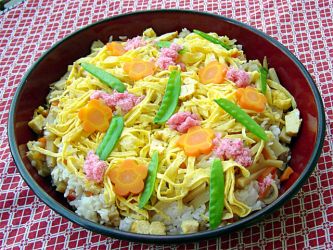
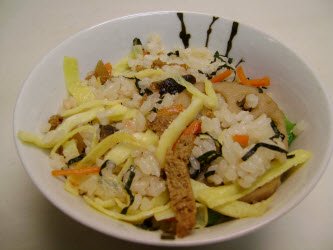
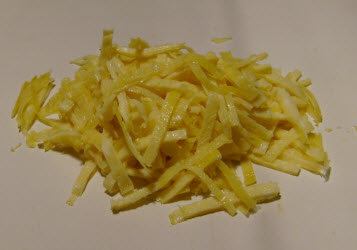
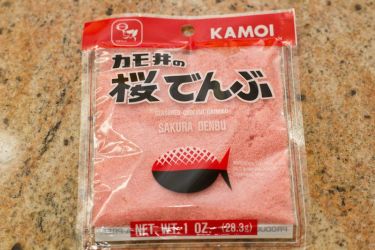
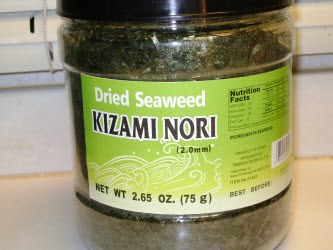
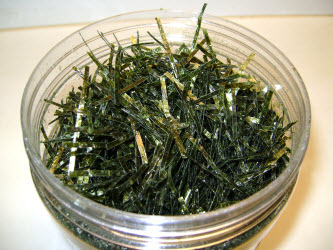
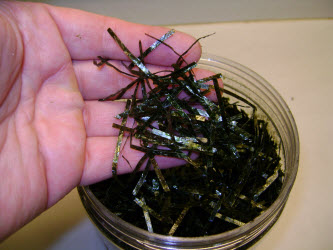
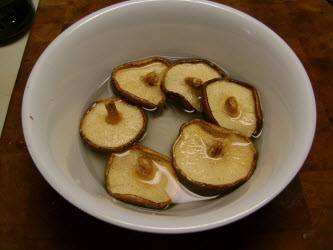
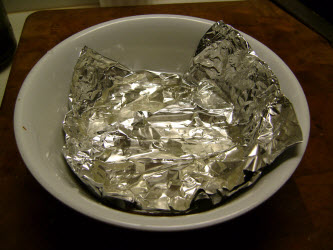
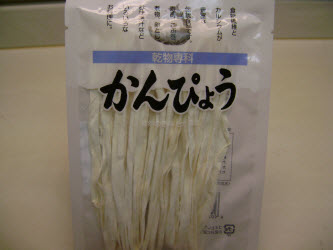
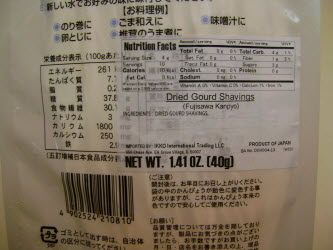
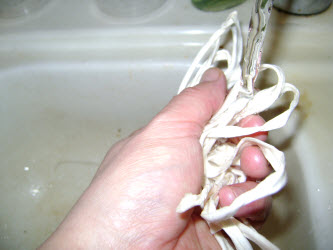
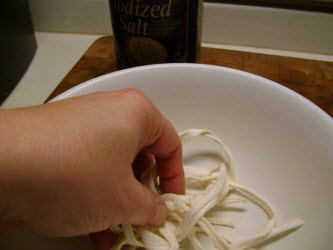
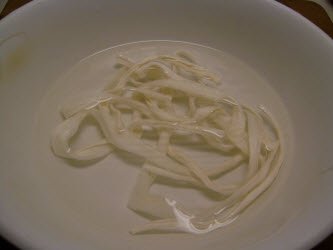
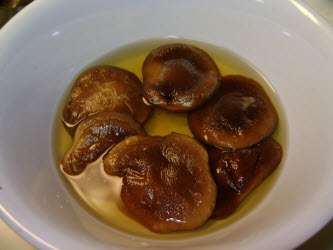
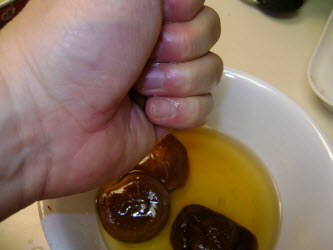
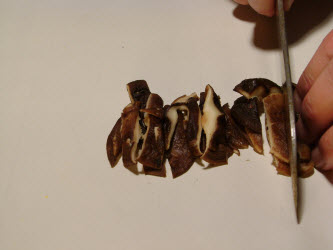
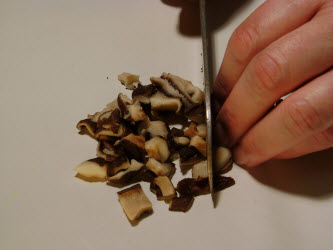
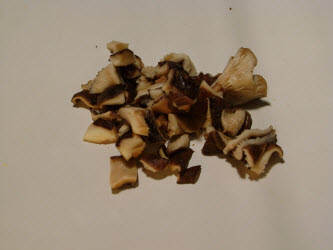
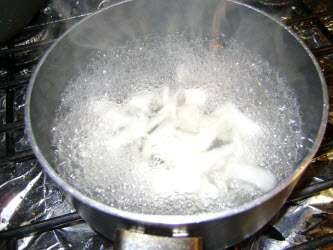
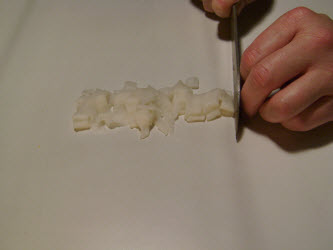
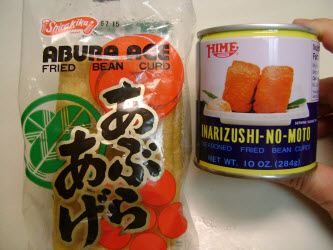
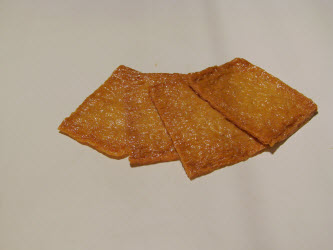
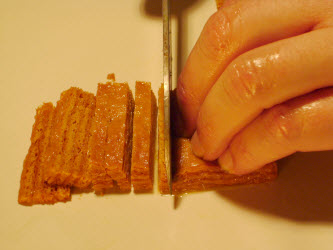
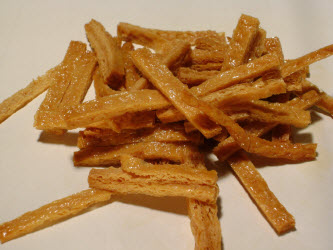
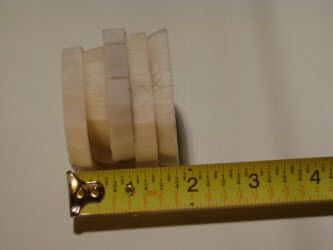
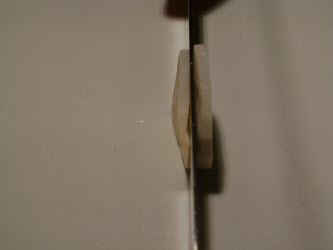
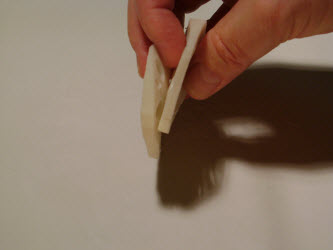
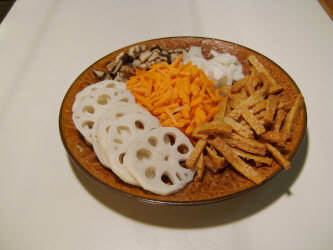
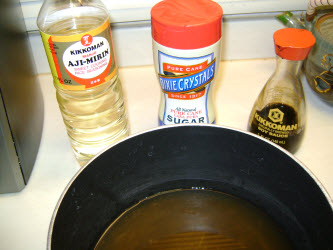
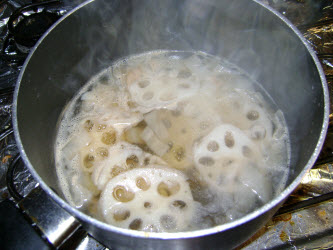
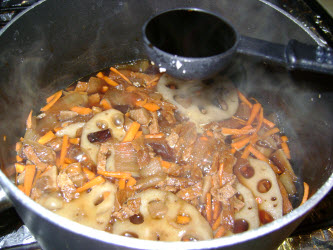
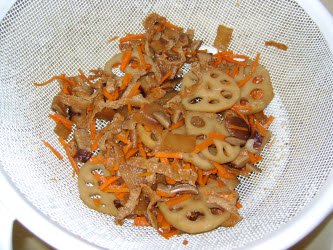
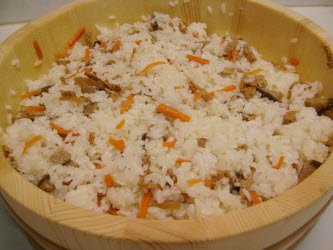
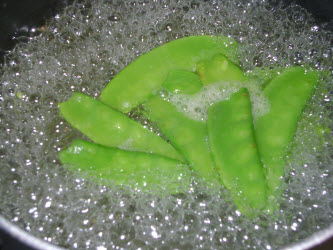
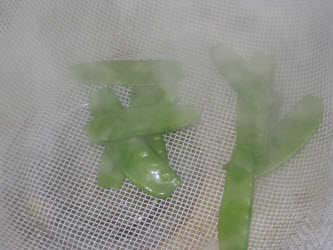
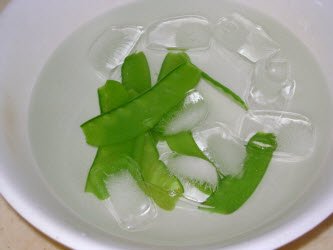
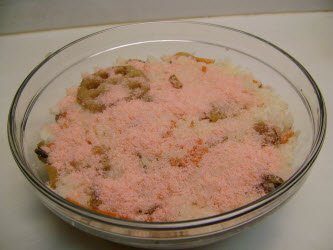
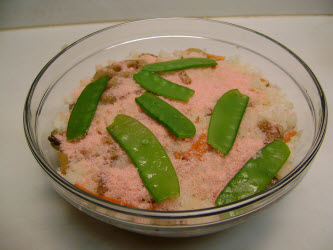
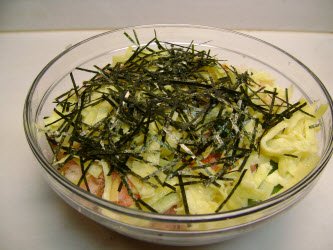





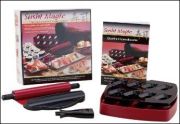

New! Comments
Have your say about what you just read! Leave me a comment in the box below.